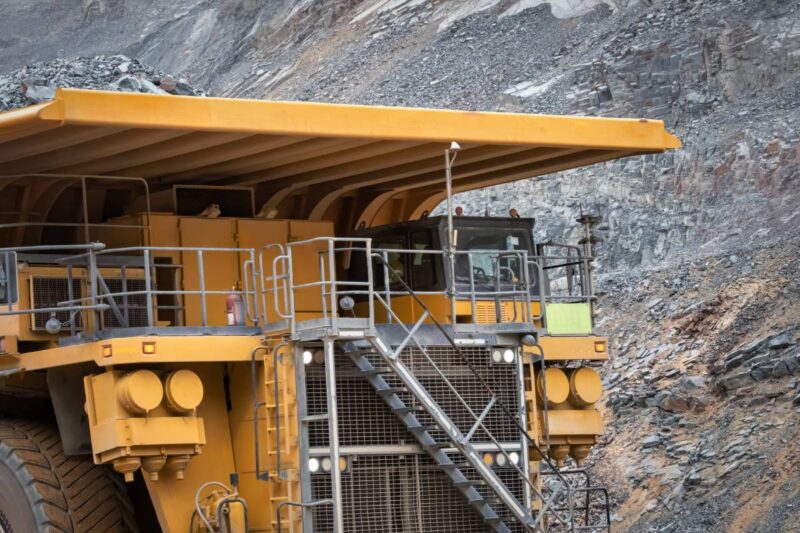Debswana Diamond Company, the joint venture between De Beers and the Government of Botswana, is pursuing international capital market funding to support the $6 billion underground expansion of the Jwaneng diamond mine.
The mine, a key contributor to Botswana’s economy and one of the world’s most productive diamond sources, is transitioning from open-pit to underground operations to extend its lifespan.
Strategic Financing Shift
Speaking at The Future of Mining Summit in Gaborone, Debswana managing director Andrew Motsomi confirmed that the company is seeking an international credit rating to facilitate access to global capital. This marks a shift from Debswana’s historical approach of funding expansions through retained earnings or shareholder loans.
The company anticipates that capital expenditure will increase from approximately BWP 5 billion ($371.1 million) to BWP 8 billion ($593.8 million) annually over the next five years as the underground project advances. This investment is intended to maintain production at Jwaneng until at least 2054, with the open-pit operations expected to reach their limit by 2034.
Market Pressures and Production Adjustments
Amid softer market conditions, Debswana has adjusted its production strategy. Rough diamond output was reduced by 27% in 2024 and is set to decline by a further 16% to an estimated 15 million carats in 2025. The company attributed these decisions to weak global demand and the effects of US import tariffs.
In June 2025, Debswana announced a temporary three-month halt in operations at both the Jwaneng Cut 9 and Orapa mines. Despite the pause in surface mining, underground development at Jwaneng remains on schedule.
Project Timeline and Economic Significance
Initial board approval for the underground expansion was granted in January 2024, releasing $1 billion to initiate development, including sampling of kimberlite pipes and the installation of essential infrastructure. Subsequent phases will follow to secure long-term output from the site.
Jwaneng has produced an average of 11 million carats annually since its commissioning in 1982 and is a cornerstone of Botswana’s diamond sector, contributing significantly to national revenue. The mine accounts for a substantial portion of the country’s GDP, which relies heavily on diamond exports.
Industry Implications
For the jewellery industry, Debswana’s planned expansion reflects both the long-term confidence in natural diamond demand and the increasing need for strategic investment in sustaining mine output. The move towards external financing highlights a broader trend of diversified funding within the mining sector, especially amid fluctuating market conditions. Jewellers may expect continued, albeit moderated, supply flows from Botswana as the underground project progresses.
Botswana’s Minerals and Energy Minister Bogolo Joy Kenewendo expressed optimism about the market outlook, stating that demand recovery is anticipated by 2026, with signs of improvement expected in the latter part of the current year.




